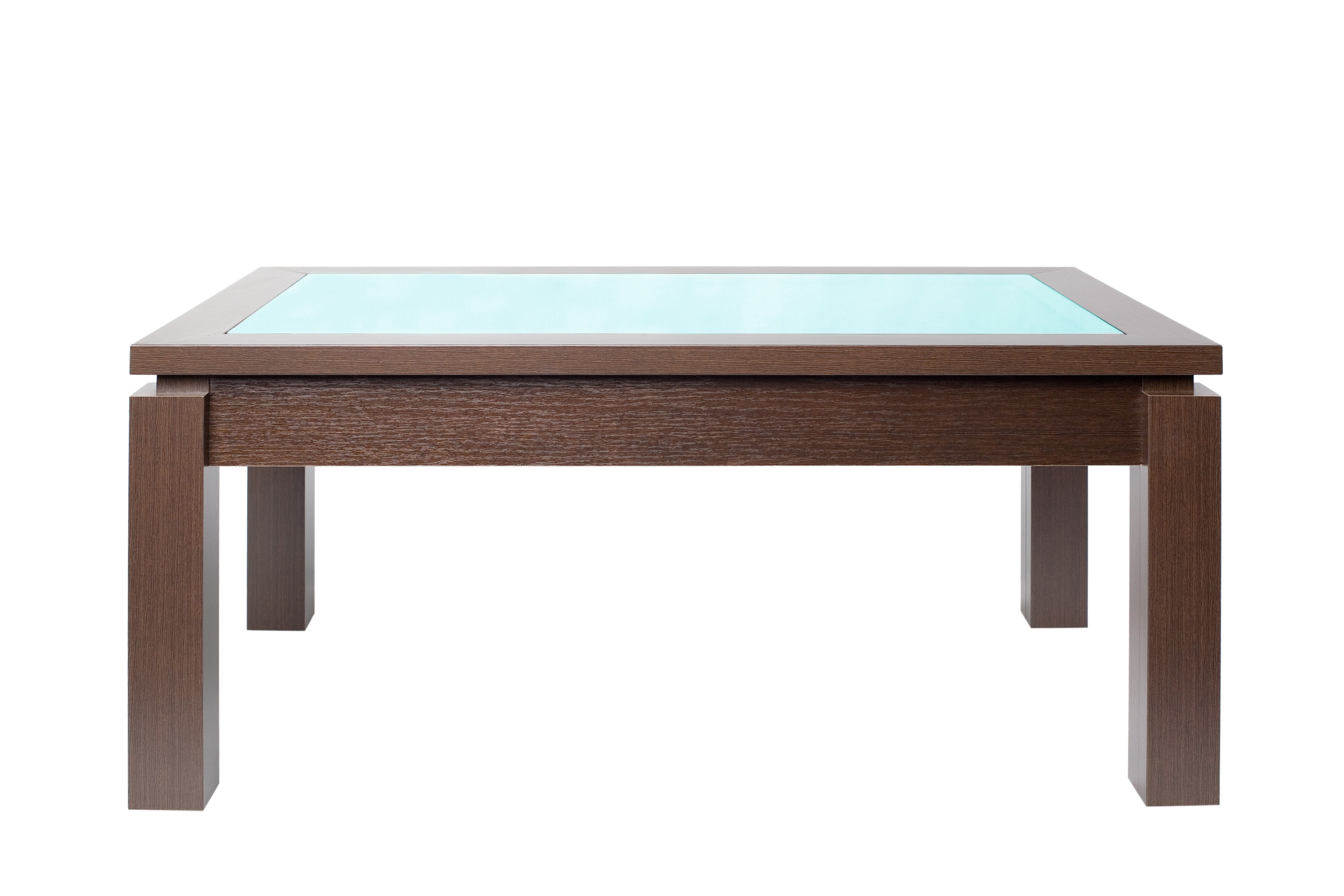If you grew up dreaming that homes today would run something like the Jetsons’ futuristic vision of dwellings, complete with robot housekeepers and flying cars, you will be happy to know that smart home and high-tech assistive devices are taking us a step closer every day.
An industrial designer and master’s student from the School of Visual Arts in New York City, now working in Jordan, recently put his talents to work designing robotic furniture that would help differently-abled people, like his friend with muscular dystrophy, live more independently and with greater ease.
According to the United States Census Bureau, mobility loss is the most common disability among older adults. Nearly 40 per cent of people over the age of 65 have a least one disability and of those 15.7 million people, two-thirds report having difficulty walking or climbing. And by 2060 the project population of seniors over age 65 is expected to reach 98.2 million or nearly one in four U.S. residents.
The first prototype Nour Malaeb developed was a voice activated robotic coffee table, dubbed Relay, that would move up or down and travel across the floor, according to the user’s needs. In his research talking with disabled adults, Malaeb learned there is a wide market for robotic furniture or walking aids that could help seniors and disabled people continue to live independently and retain their mobility. The potential for robotic aids and multi-use furniture that could help older adults get up from a seated position or recover from a fall is exciting. Malaeb continues to design more sophisticated prototypes and hopes to one day create FDA-approved furniture that could be covered by insurance, providing a more affordable option than current mobility solutions like expensive service dogs. He is also exploring ways to adapt existing furniture to make it more serviceable while keeping costs low.
Learn more about Malaeb’s designs by following his blog on his website here.






Add Your Voice
0 Comments
Join the Discussion